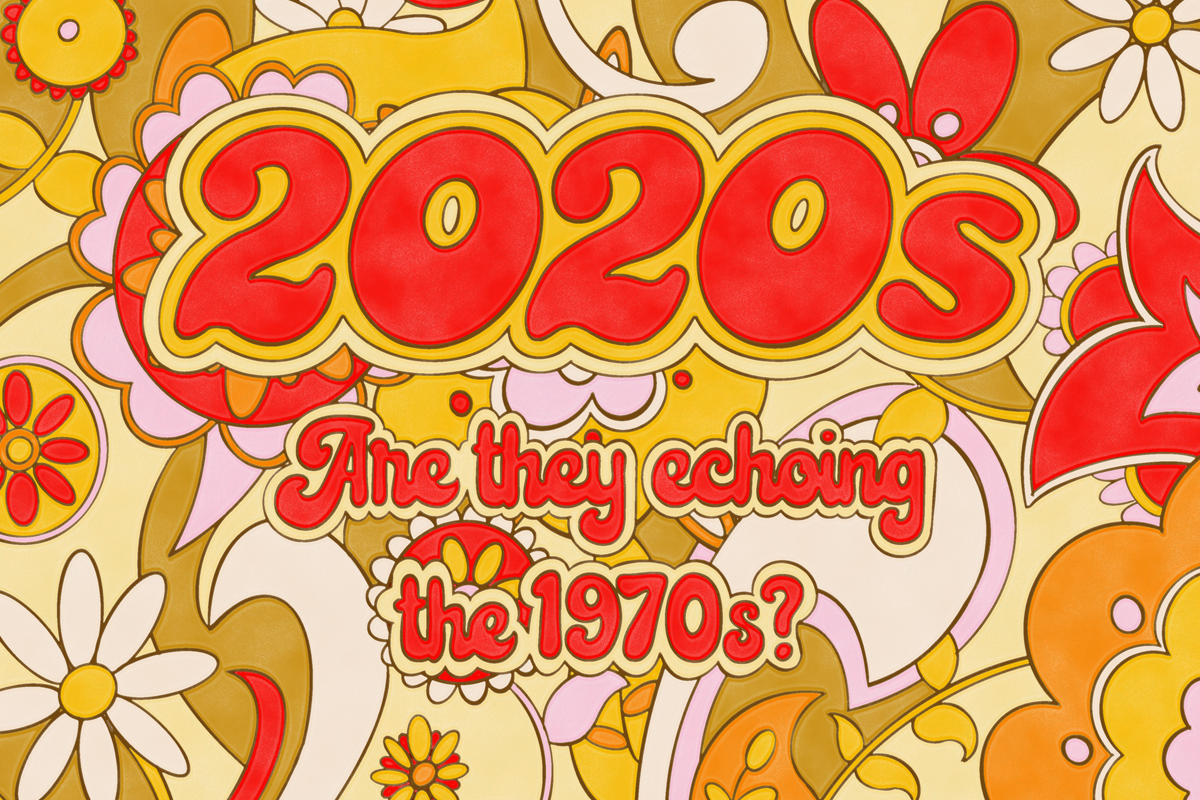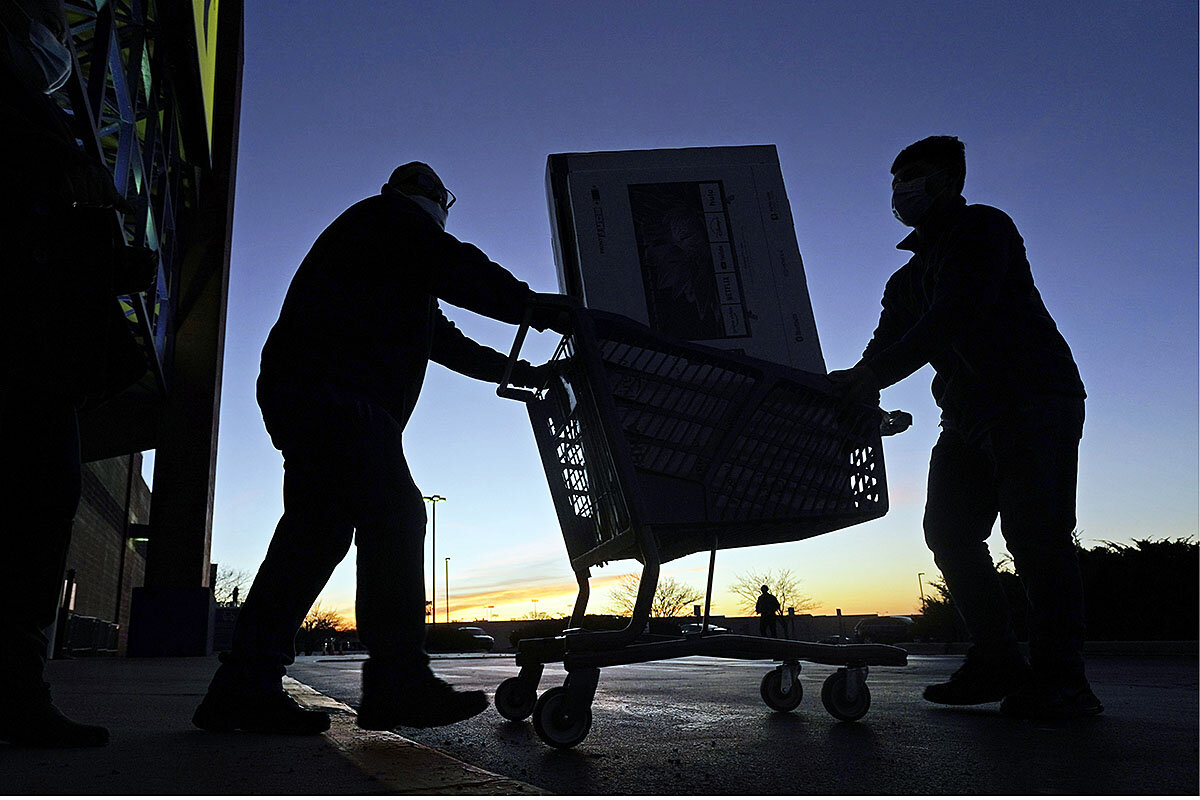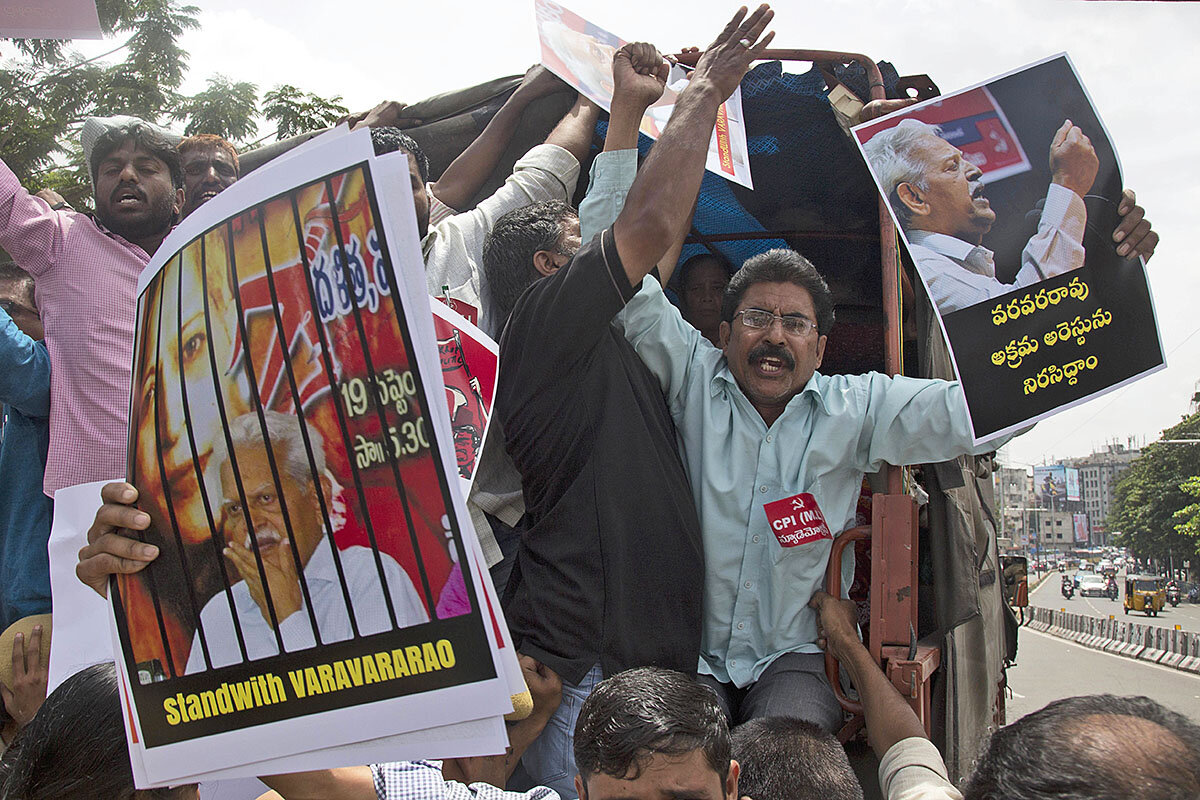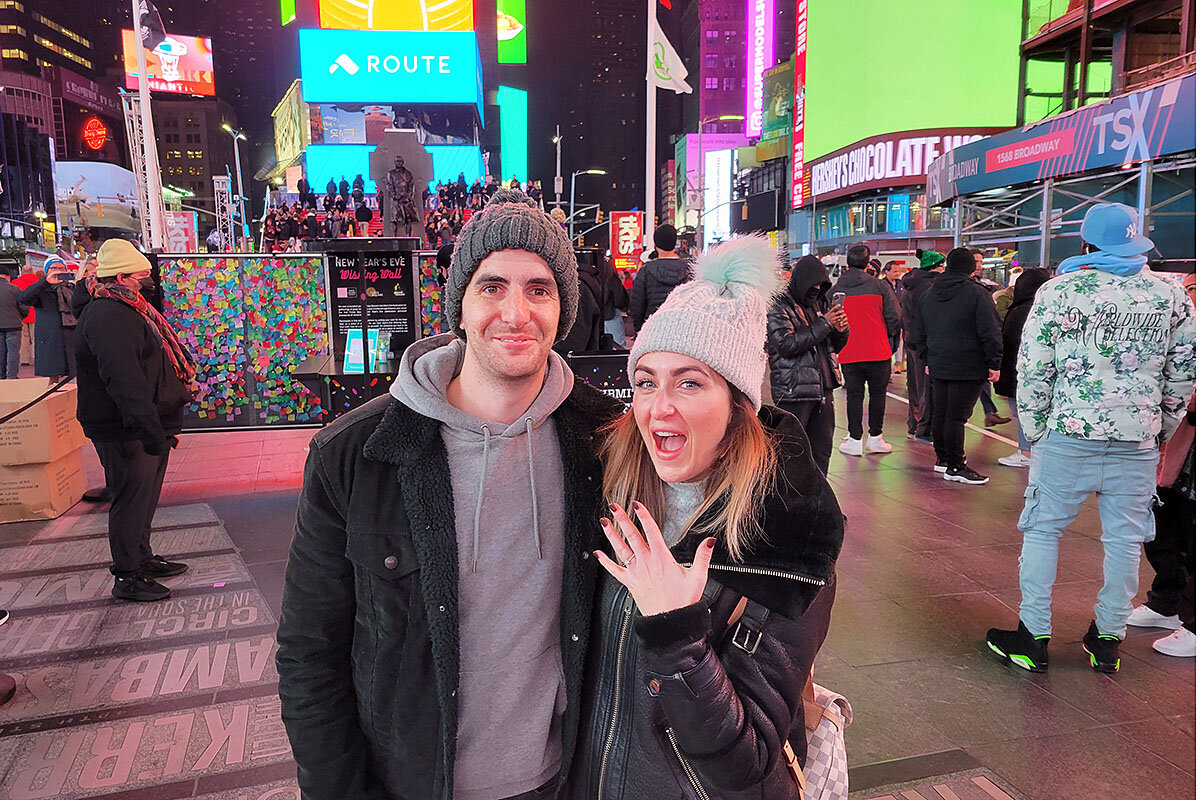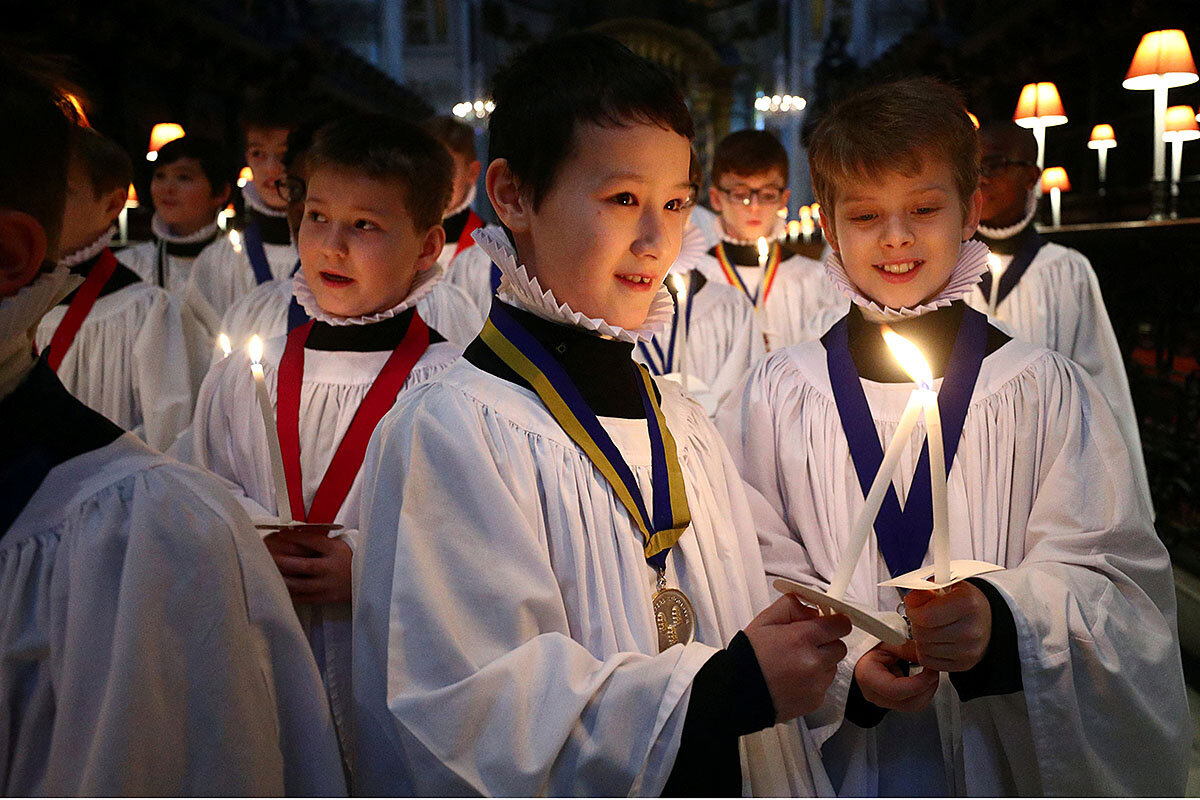Our reporters explore the parallels and differences between America then and now – finding some signs of progress, and how new perspectives might help address some cyclical problems.
Monitor Daily Podcast
- Follow us:
- Apple Podcasts
- Spotify
- RSS Feed
- Download
 David Clark Scott
David Clark Scott
’Tis the season for Yuletide music. Once again, Mariah Carey’s 1994 hit “All I Want for Christmas Is You” is topping the charts worldwide. But in Australia, there’s a chirpy little newcomer.
“Songs of Disappearance,” featuring the tweets and warbles of 53 threatened Australian bird species, is now the No. 3 album, shooting past Taylor Swift, ABBA, and yes, even Mariah Carey.
This songbird collection is an unlikely Christmas chart contender, a bit like one of the storylines in the 2003 holiday film “Love, Actually.”
But perhaps it isn’t so unlikely.
As a reporter living in Sydney in the late 1980s, I found Australians identify closely with their flora and fauna, a host of native species found nowhere else on this planet. Their love of nature shapes their national character. And this songbird album is apparently resonating Down Under, especially after the devastating wildfires of 2019-2020. All album sale proceeds are being donated to Birdlife Australia, a conservation group.
The title song is kind of the fine-feathered version of a Pentatonix riff. It starts gently, slowly building to a chorus crescendo, including the calls of princess parrots, bowerbirds, and regent honeyeaters.
“Conserving threatened species is an emotional act,” Stephen Garnett, author of the Action Plan for Australian Birds, told The Guardian. “It’s much more than about biology. It’s about a much deeper attachment to our environment, and this is a way of reaching that in a way that words on paper don’t.”
It’s not a Christmas tune you can hum, but this avian aria is touching Australian hearts.




